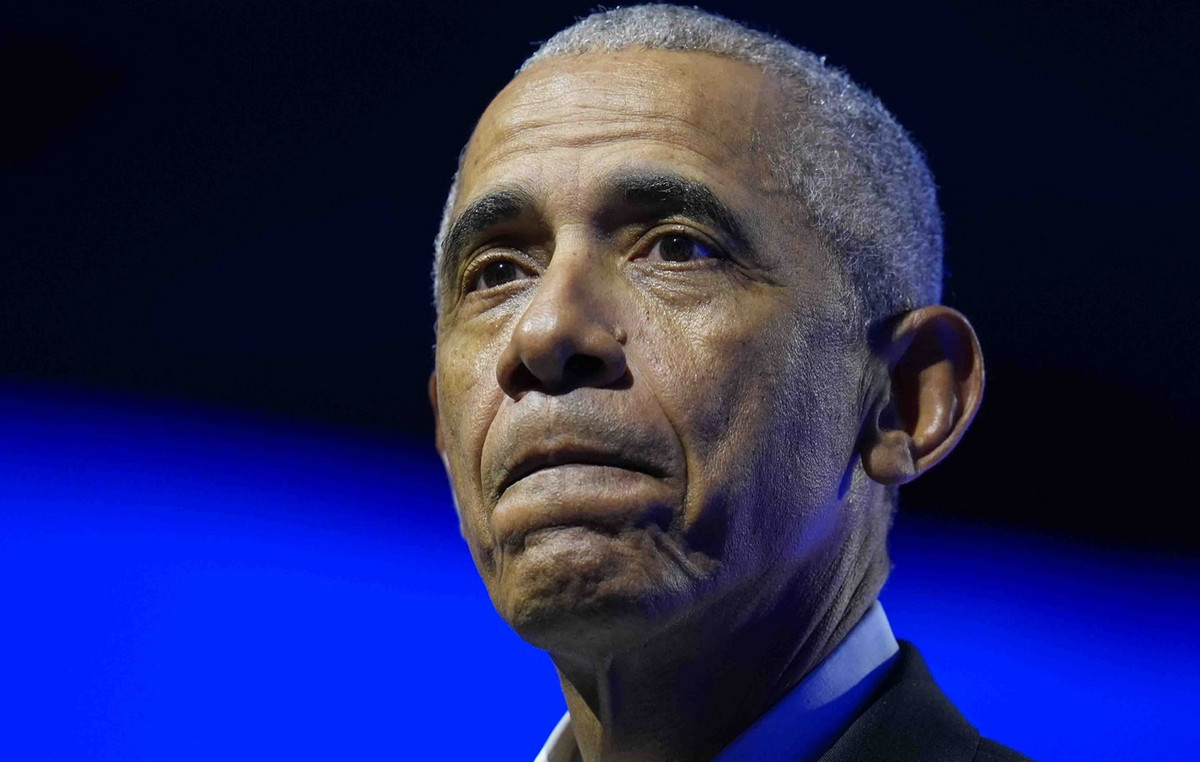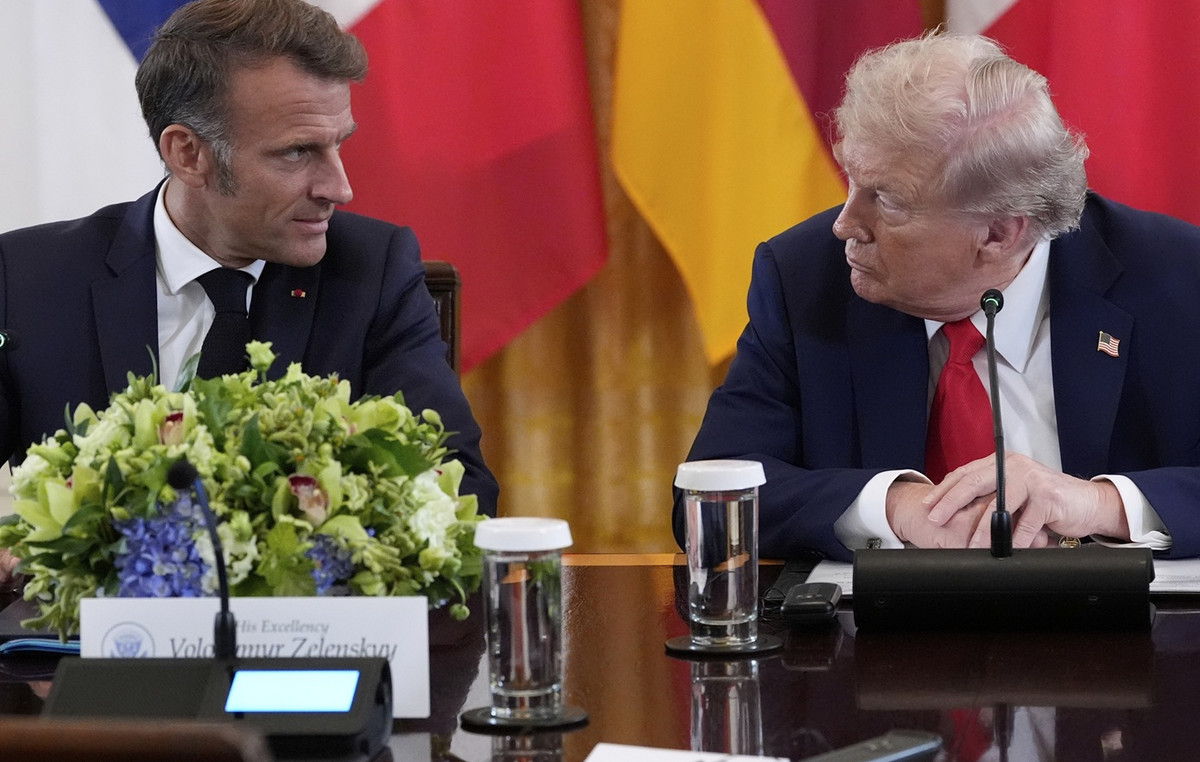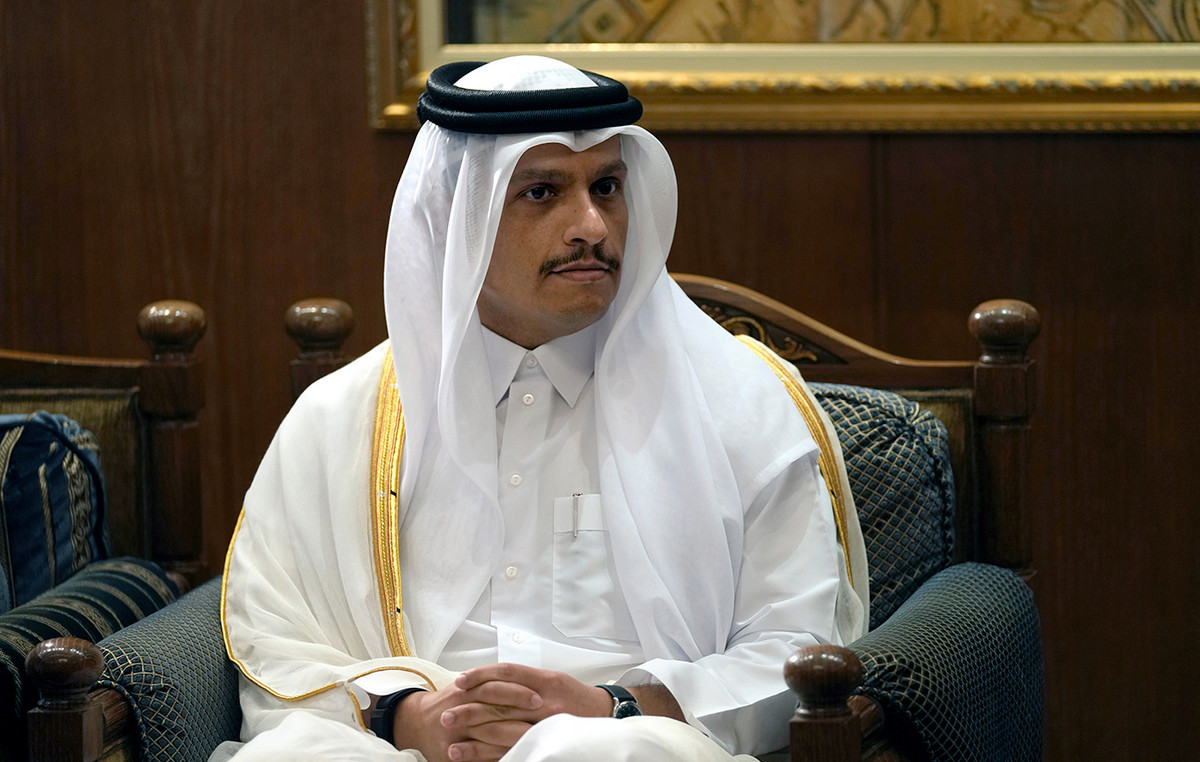By Leonidas Stergiou
The pilot operation of the Swedish e-Krona is completed as soon as the second phase for the design and operation of the digital euro begins. The ECB is gaining time from the experience of Sweden, which is also involved in other Eurosystem projects, such as preparing for the pan-European payment card. Today, the development of technology in European payment systems is becoming more imperative, as China prepares its own digital currency.
In terms of technology, Sweden provides solutions. In terms of monetary policy, it does not help, because with the introduction of the digital crown nothing will change substantially in Sweden, as the use of cash is zero. In contrast, in the Eurozone, the percentage reaches 70%.
After all, one issue that the Eurozone has to address is the case of outflows from the traditional euro to the digital one. This is an issue that European banks have raised and linked to the possibility of deposit outflows. For this reason, initially a personal limit was set, for example up to 3,000 digital euros per year, but even this solution has problems. For example, if someone already has 2,800 digital euros and someone owes him 500 euros, he can not pay him with more than 200 digital euros. The rest must be covered with traditional euros.
The Eurozone, seeing the success of the Swedish model based on DLT (cryptocurrency) technology and tokens, is considering working with Sweden to jointly solve practical problems, such as design (eg QR Code, “loading” on e-wallets, etc.). ), the issuance of a new currency (monetary circulation, monetary policy), mode of trade, etc.
The experience of Sweden
The Swedish central bank (Riksbank) has been exploring the idea of a digital currency for Sweden for five years (Swedish krona or “e-krona”), but it is interesting to note that e-krona is not expected to bring about a radical change in habits. Sweden, because cash use has been minimized and much of the trade has been digitized, and Sweden is already considered a cashless economy.
E-krona follows this development, offering essentially a form of government money in digital form as a supplement to private money in the form of deposits in commercial bank accounts. Today, only institutions directly involved in the central bank (RIX) payment system have access to the digital money provided by the Riksbank. With the introduction of e-krona, this access is essentially expanding much more widely and can be a new, alternative means of payment.
According to Riksbank, e-krona can strengthen the resilience of the payment market but also promote competition and innovation, creating opportunities for the development of new payment technology solutions for end users.
The pilot application for e-krona
In 2019, Riksbank set up a pilot system for e-krona, with the aim of analyzing security, technology and legal issues. In the first phase of the project (February 2020-February 2021) a technical solution based on blockchain and distributed universal (DLT) technology was created and tested in a closed environment and simulates an e-krona distribution model to users. It is a network of DLT nodes that includes the central bank that issues the e-krona, the participants (banks and other payment service providers) that have the role of distribution and the end users.
Participants use nodes through which they request from the central bank the issuance of an e-krona amount with a corresponding charge to their account at the central bank (in the settlement system of Riksbank, RIX). The Riskbank node issues e-kronas and distributes them to participants, who can store them in their digital safes for distribution to end users.
End users can exchange money they have in their accounts with e-krona, through a digital wallet associated with a means of payment such as a mobile application or a card. They can then trade or convert e-krona into bank accounts. The participant can return e-krona to the central bank and be reimbursed.
to_diktio_tis_e-krona
infogram
The e-krona is designed as a token, ie as a uniquely recognizable digital object of some value corresponding to an amount in Swedish krona. The value of the e-krona is fixed and equal to the value of the Swedish krona. But how is it different from cash?
-Like cash, it is issued by the central bank, which is also a guarantor of its value. However, the value of the token can vary in any amount and not be limited to specific amounts such as cash. A token can only be used once.
– The e-krona is a digital currency, therefore intangible, and each token is uniquely recognizable. In order to be able to trade, one must have a digital wallet.
– While cash transactions can be done between users without the mediation of a third party, for transactions with e-krona will need to use the network of e-krona, in which the transactions will be recorded. Following the pilot application, issues emerged need further investigation, e.g.
– The ability to manage retail payments on a large scale. The use of technology based on DLT and tokens needs to be further investigated and controlled due to the dependence of transactions on large data processing. For example, it should be possible to manage large chains of transactions and cases of simultaneous sharing of a large token to many lower value tokens. offline payments.
Potential effects on financial stability.
– Monetary policy issues.
Interaction with the existing payment infrastructure due to its reliance on the Riksbank (RIX) large payment settlement system and the internal information systems of the participants to support e-krona wallets.
Riksbank has extended the pilot phase of the project until February 2022 in order to proceed with the investigation of these issues and to make appropriate preparations for the next phase that will follow. In this next phase, the institutional changes that will be required in order to implement the introduction of e-krona in the daily life of the citizens will be visible.
.
Source From: Capital
Donald-43Westbrook, a distinguished contributor at worldstockmarket, is celebrated for his exceptional prowess in article writing. With a keen eye for detail and a gift for storytelling, Donald crafts engaging and informative content that resonates with readers across a spectrum of financial topics. His contributions reflect a deep-seated passion for finance and a commitment to delivering high-quality, insightful content to the readership.



.jpg)



